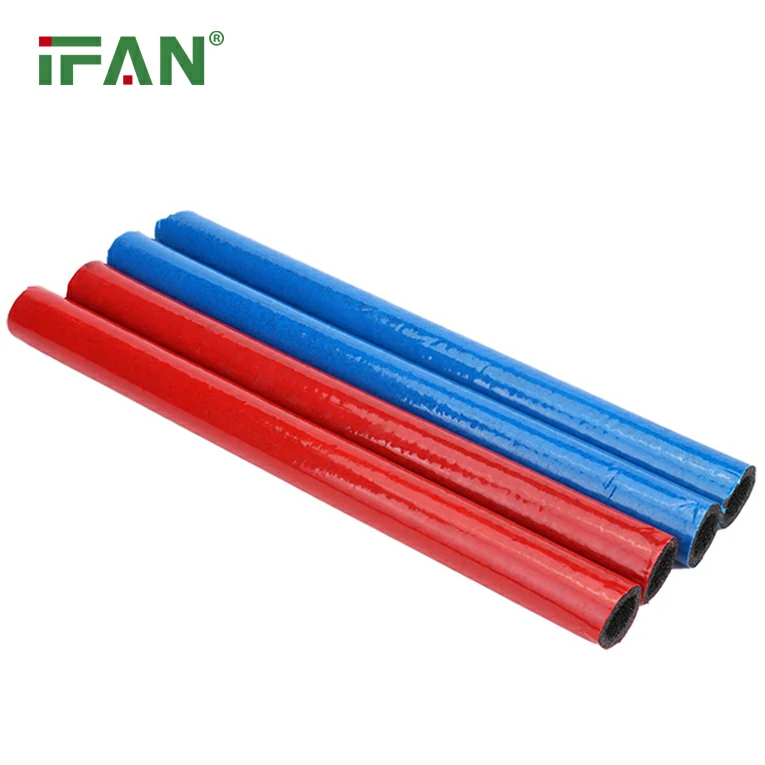Introduction
Brass ball valves are essential components in various industrial applications, renowned for their durability, reliability, and excellent sealing performance. This comprehensive guide delves into the intricacies of the brass ball valve industry, highlighting its manufacturing process, market trends, applications, and future prospects.
Manufacturing Process
The manufacturing of brass ball valves begins with the selection of high-grade brass alloy, ensuring optimal mechanical properties and corrosion resistance. The subsequent steps involve casting, machining, drilling, threading, and final finishing. Advanced machining techniques and precision tools ensure the valves meet stringent quality standards.
Market Trends
The brass ball valve market is exhibiting robust growth, driven by several factors. Firstly, the increasing demand for efficient fluid control solutions in industries such as oil & gas, chemicals, and water treatment is boosting the market. Secondly, the trend of automation and digitization in process industries is leading to a surge in demand for brass ball valves with smart actuation systems. Furthermore, the replacement market for aging valves and the expansion of infrastructure projects globally are also contributing to the market’s growth.
Applications
Brass ball valves find wide applications across industries. In the oil & gas industry, they are used for regulating the flow of hydrocarbons and other fluids. In the chemical industry, brass ball valves are essential for controlling corrosive media. In water treatment plants, they ensure the smooth flow of water while preventing contamination. Additionally, brass ball valves are also used in HVAC systems, food & beverage processing, and pharmaceutical manufacturing.
Future Prospects
The future of the brass ball valve industry looks promising. With the advent of smart technologies and IoT, brass ball valves are becoming more intelligent and interconnected. This trend is expected to drive the demand for valves with advanced features such as remote monitoring and control. Moreover, the increasing focus on sustainability and energy efficiency is likely to spur the development of brass ball valves with low-leakage designs and energy-saving actuation systems.
In conclusion, the brass ball valve industry is poised for continued growth and innovation, driven by advances in manufacturing technology, market trends, and evolving industrial requirements.






